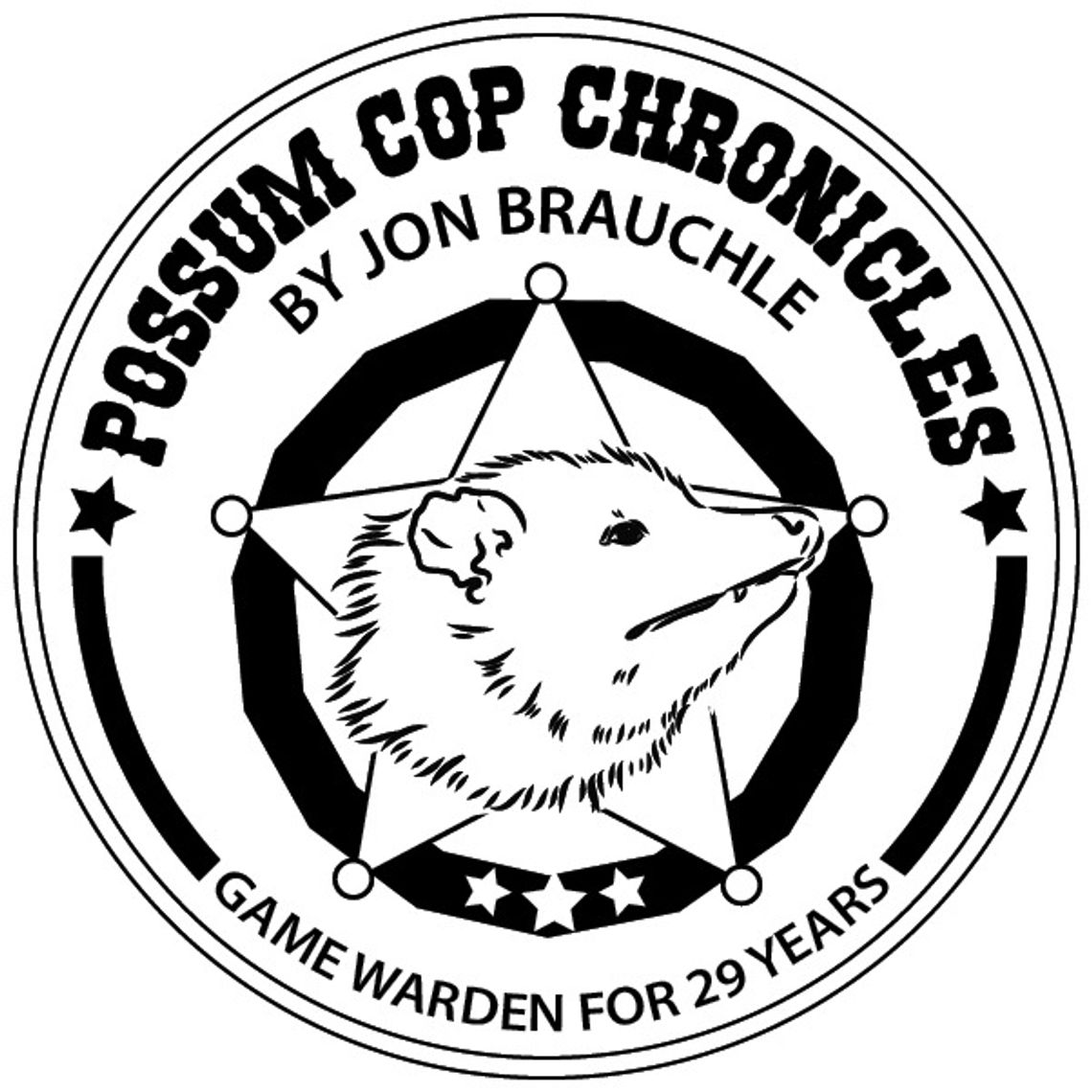When you’re a game warden, it’s all hands on deck when things go awry, and severe weather is no exception.
“It’s too cold; I don’t want to go,” is not an acceptable response when your boss calls and tells you to be somewhere.
Former Willacy County Game Warden Norman Garza knows all about that. On Dec. 21, 1983, an arctic blast of historic proportions hit the Texas coast.
Norman was out of town on leave for the Christmas holidays when the blast first hit. A few days later however, he got a call from his supervisor advising him that his leave was cancelled, and he was to return to his duty station to help assist with a fish kill count.
It was “all hands on deck” time, for sure.
The next day, Norman met boat mate Harvey Van Matre and the two other Willacy wardens at the Port Mansfield boat barn to set about their mission. They bundled up as best they could, knowing that no amount of layering would eliminate the suffering they would endure once they hit the water.
Norman said, “I’m not sure if you’ve ever been in an open shallow running boat, speeding across the open bay during freezing weather (author’s note, I have and it sucks), but it’s not something I would recommend.
As we were running south in the shallow water to avoid pounding the waves of deeper water and causing spray in our faces, we immediately began seeing the effects of the freeze.
There were sheets and chunks of frozen saltwater floating in the shallows.
We saw dead trout, redfish, flounder, black drum, sheepshead, mullet, catfish, and every other kind of fish which lived in the usually warm waters of the Lower Laguna Madre, some floating belly up and others littering the bottom.
The water was so clear you could see the bottom of the bay and all the shadows. It was fish carcasses; the bay bottom was covered with them!”
Norman said it quickly became apparent it would be impossible to accurately count the numbers of dead fish.
He continued, “The frigid temperatures causing dangerously numbing effects on our bodies and potential frostbite on our faces, hands, and feet, despite the layers of clothing and gloves we thought would protect us, forced us to agree to conduct an estimate by using a formula of counting fish, as accurately as possible, over a specific distance and applying it to the remaining distance and reporting the final estimate.”
Norman and crew got the job done, and their numbers were tallied up with those from the entire Texas coast.
The final estimates were frightening. In a Dec. 25, 2013, article in the Houston Chronicle titled “Effects, lessons of 1983 freeze evident in Texas ecosystem,” reported that the 1983 freeze stands as the longest, most severe stretch of sub-freezing cold to grip the Texas coast during the 20th century and the largest, scientifically documented, single-event fish kill that resulted.
According to the article, the final estimate along the entire Texas coast was at least 20 million marine creatures perished, including at least 14 million finfish.
It's been just over 40 years now since that historic freeze, and Norman says that the memories of what he saw and experienced remain vivid in his mind … and he’s still thawing out!








